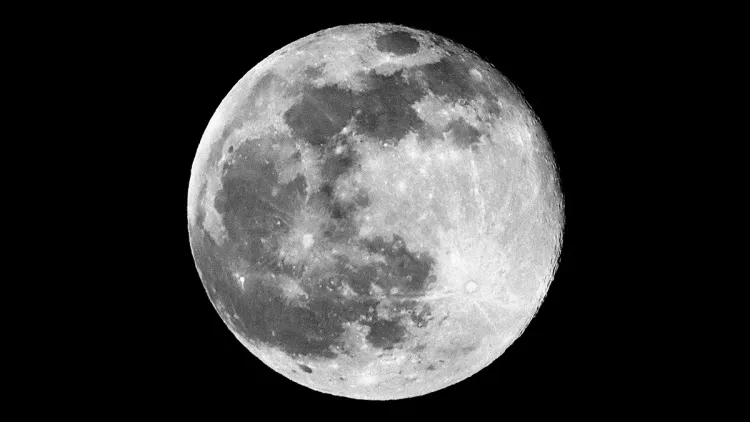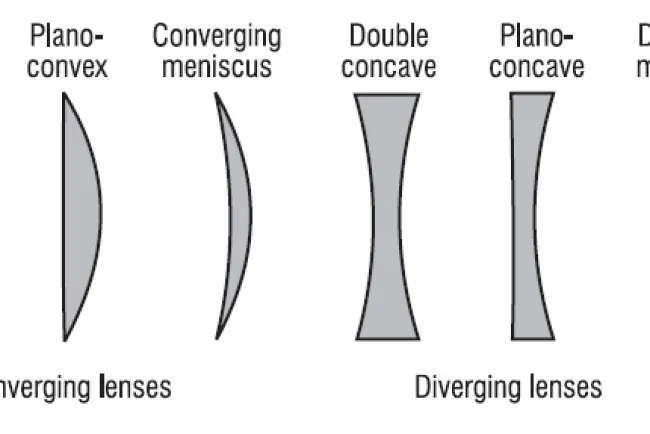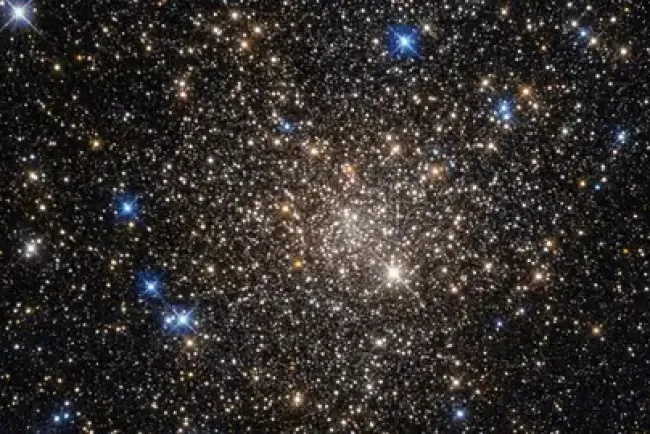Exploring the Moon: Its Formation, Features, and Fascination...!!!
The Moon, Earth's natural satellite, has captivated human imagination for thousands of years. As the fifth-largest moon in the solar system, it plays a vital role in Earth's dynamics and holds immense cultural, scientific, and historical significance.

Formation and Composition
The Moon is believed to have formed around 4.5 billion years ago, shortly after Earth’s formation. The prevailing giant-impact hypothesis suggests that the Moon was created from debris resulting from a colossal collision between the early Earth and a Mars-sized body known as Theia.
Structurally, the Moon consists of three main layers: the crust, the mantle, and the core. The crust, made up of elements like oxygen, silicon, magnesium, iron, calcium, and aluminum, forms the outermost layer. Beneath it lies the mantle, composed of silicate minerals and extending to a depth of roughly 1,000 kilometers. The core, relatively small compared to Earth's, is primarily made of iron and nickel.
Surface Characteristics
The Moon’s surface boasts a variety of features, including craters, maria, highlands, and valleys. Craters, caused by meteoroid impacts, are among the most iconic features. Notable craters include Tycho, Copernicus, and Aristarchus.
Maria, the expansive dark basaltic plains, were formed by ancient volcanic activity. These "seas" cover approximately 16% of the lunar surface and are predominantly located on the Moon's near side. Prominent maria include Mare Imbrium, Mare Serenitatis, and Mare Tranquillitatis.
The lunar highlands are the lighter, heavily cratered regions that comprise most of the Moon's surface. These older areas contain some of the Moon's most ancient rocks. Valleys, or rilles, are long, narrow depressions that snake across the surface and are thought to be remnants of ancient lava channels.

Phases and Eclipses
The Moon undergoes a series of phases as it orbits Earth, completing one cycle roughly every 29.5 days. These phases, resulting from the changing angles of sunlight, include the new moon, waxing crescent, first quarter, waxing gibbous, full moon, waning gibbous, last quarter, and waning crescent.
Lunar eclipses occur when Earth positions itself between the Sun and the Moon, casting a shadow on the Moon. There are three types of lunar eclipses: penumbral, partial, and total. A total lunar eclipse, or "blood moon," happens when the entire Moon passes through Earth’s umbra, giving it a reddish tint.
Conversely, solar eclipses occur when the Moon aligns between the Sun and Earth, casting a shadow on Earth's surface. Depending on the alignment, solar eclipses can be total, partial, or annular.
Cultural and Historical Relevance
The Moon has held a significant place in human culture and mythology. Ancient civilizations, including the Greeks, Romans, Egyptians, and Mayans, wove the Moon into their religious beliefs and myths. It was often associated with deities such as Artemis (Greek), Diana (Roman), Thoth (Egyptian), and Ix Chel (Mayan).
In modern history, the Moon became a focal point for scientific exploration. The mid-20th-century Space Race culminated in the Apollo missions, with Apollo 11 achieving the first manned lunar landing on July 20, 1969. Astronauts Neil Armstrong and Buzz Aldrin became the first humans to walk on the Moon, marking a pivotal moment in space exploration.
Scientific Exploration
The Moon remains a subject of significant scientific interest. It offers insights into the early history of the solar system and the processes that shaped planetary bodies. The Moon's relatively unchanged surface preserves a record of impact events, volcanic activity, and other geological processes.
Lunar missions, such as NASA's Artemis program and international collaborations, aim to further explore the Moon's surface, study its resources, and potentially establish a sustainable human presence. Scientists are especially interested in water ice found in the permanently shadowed regions of the Moon's poles, which could support future space exploration and habitation.

The Moon, with its captivating beauty and scientific intrigue, continues to symbolize human curiosity and exploration. As we delve deeper into the mysteries of this celestial body, we enhance our understanding of the universe. The Moon’s influence on Earth, its historical significance, and its potential for future exploration ensure its enduring appeal and fascination.
What's Your Reaction?

















